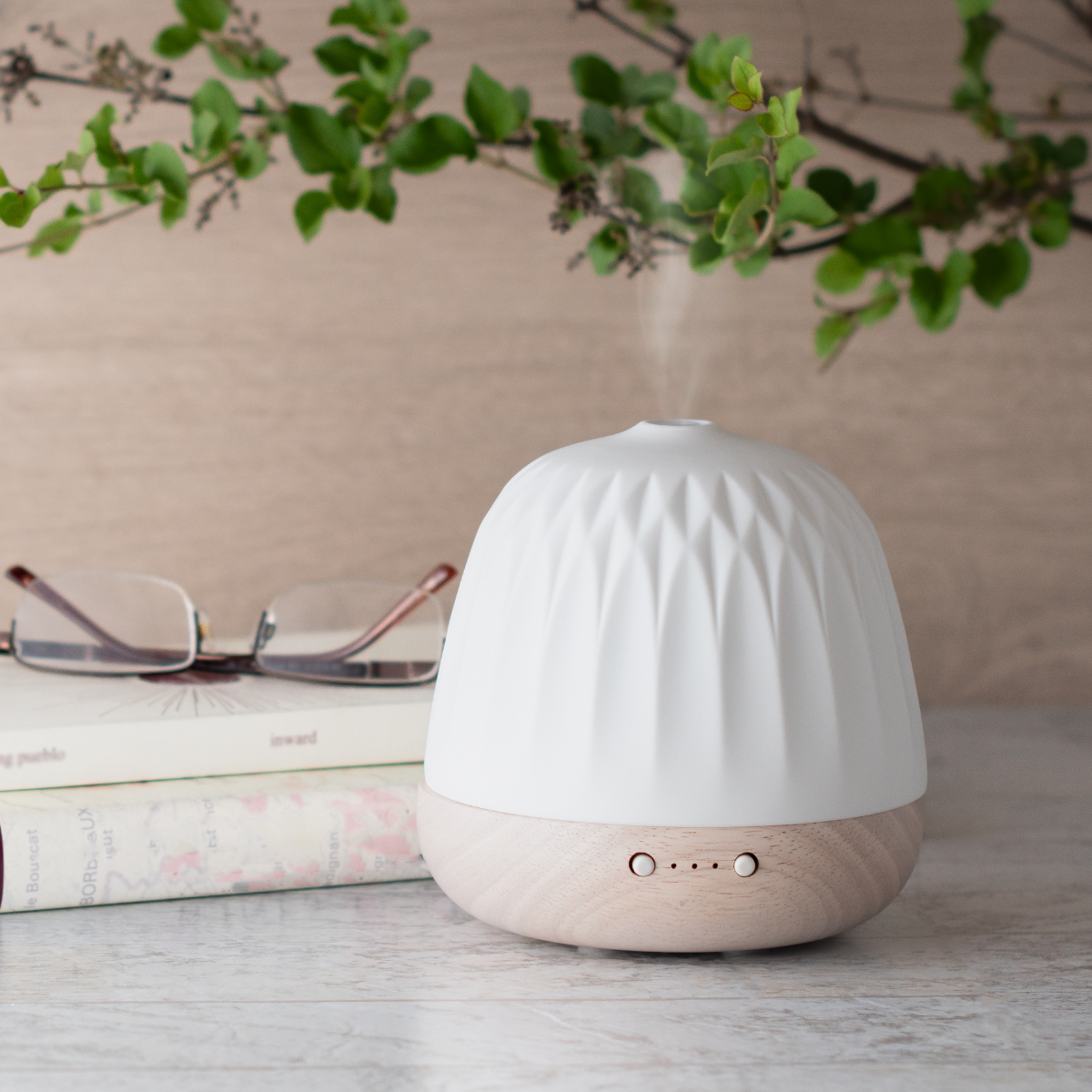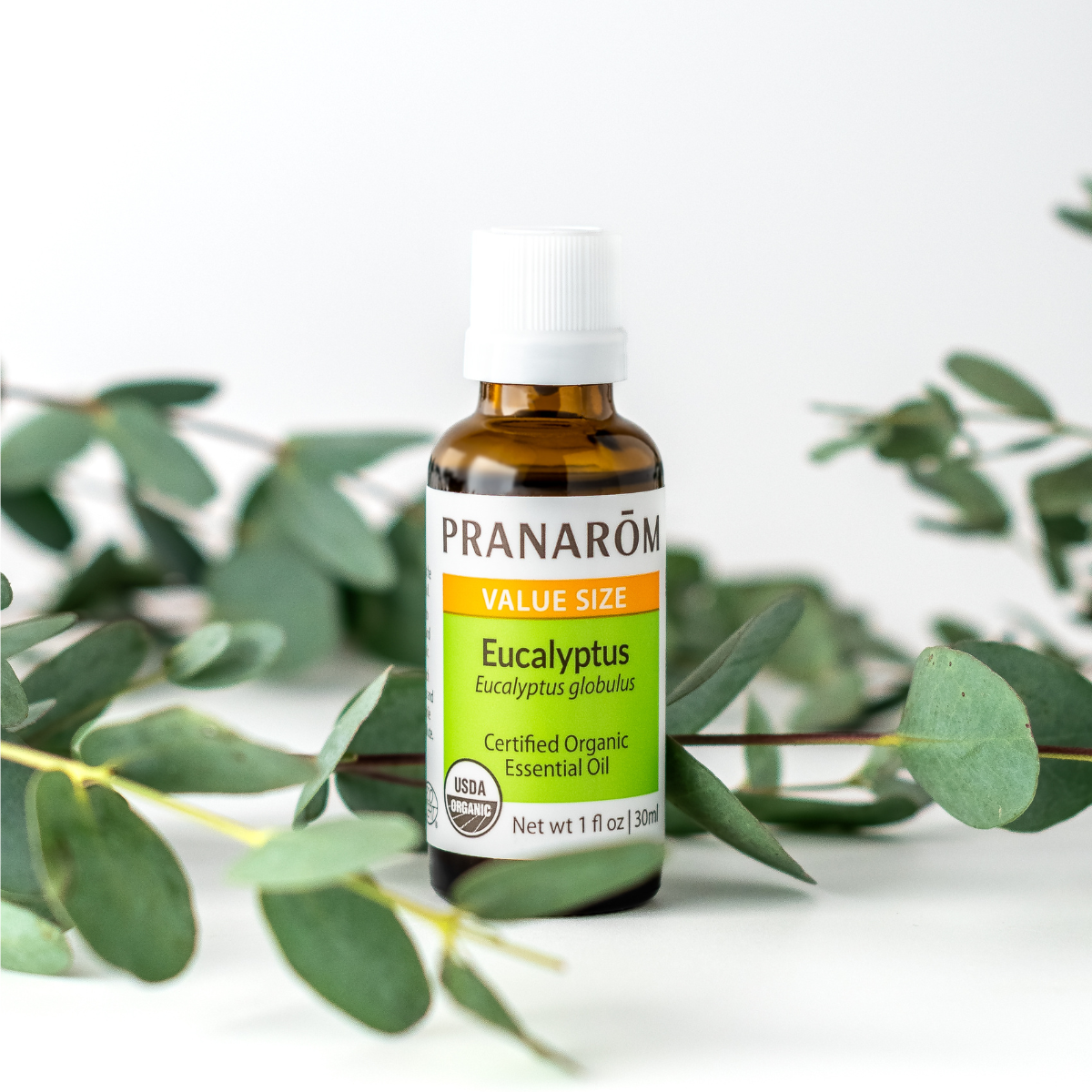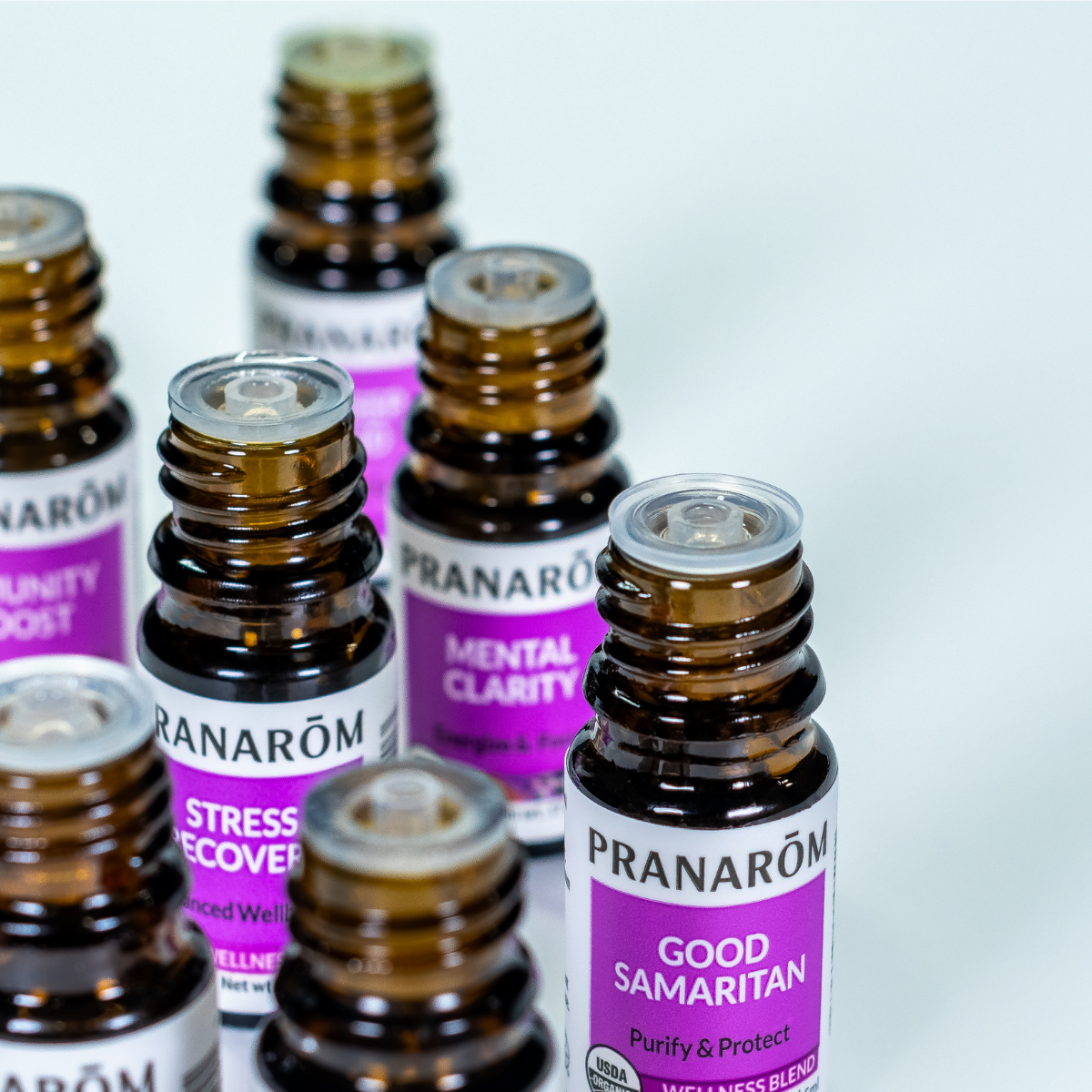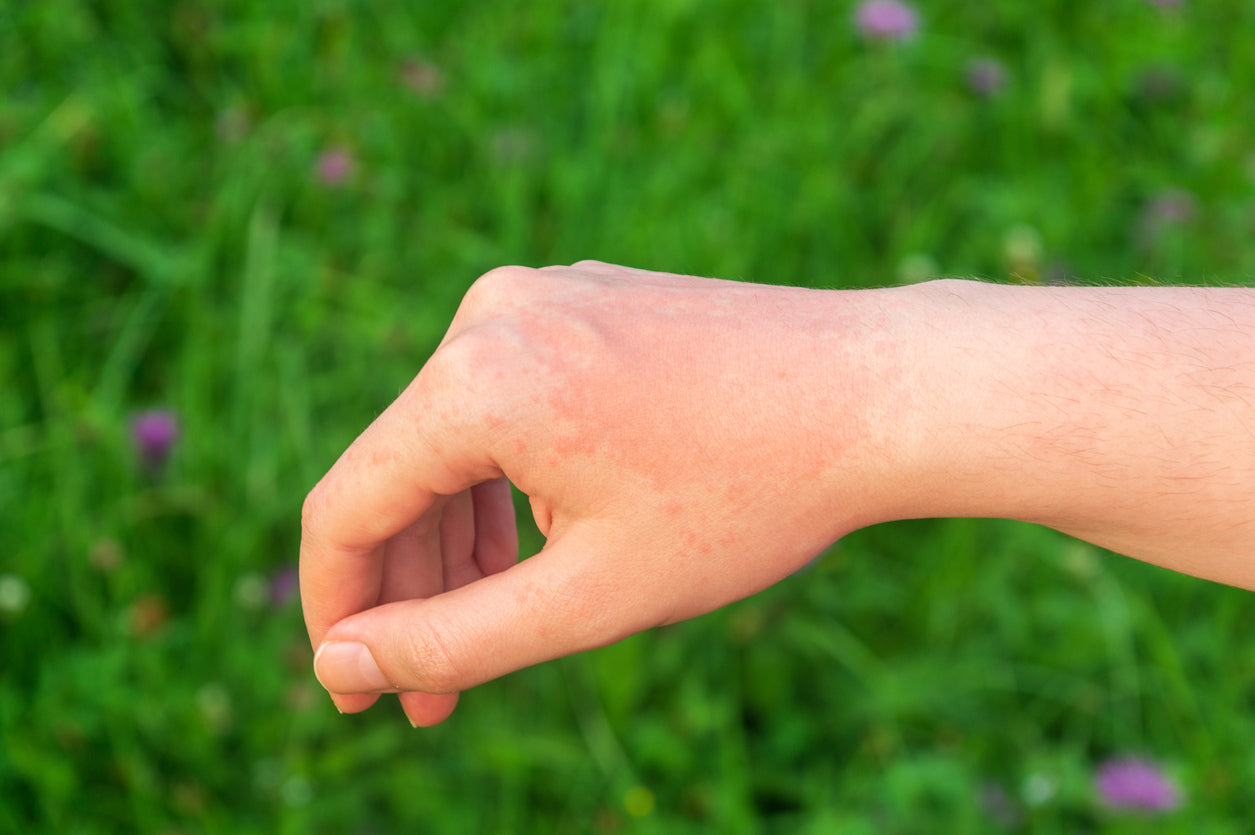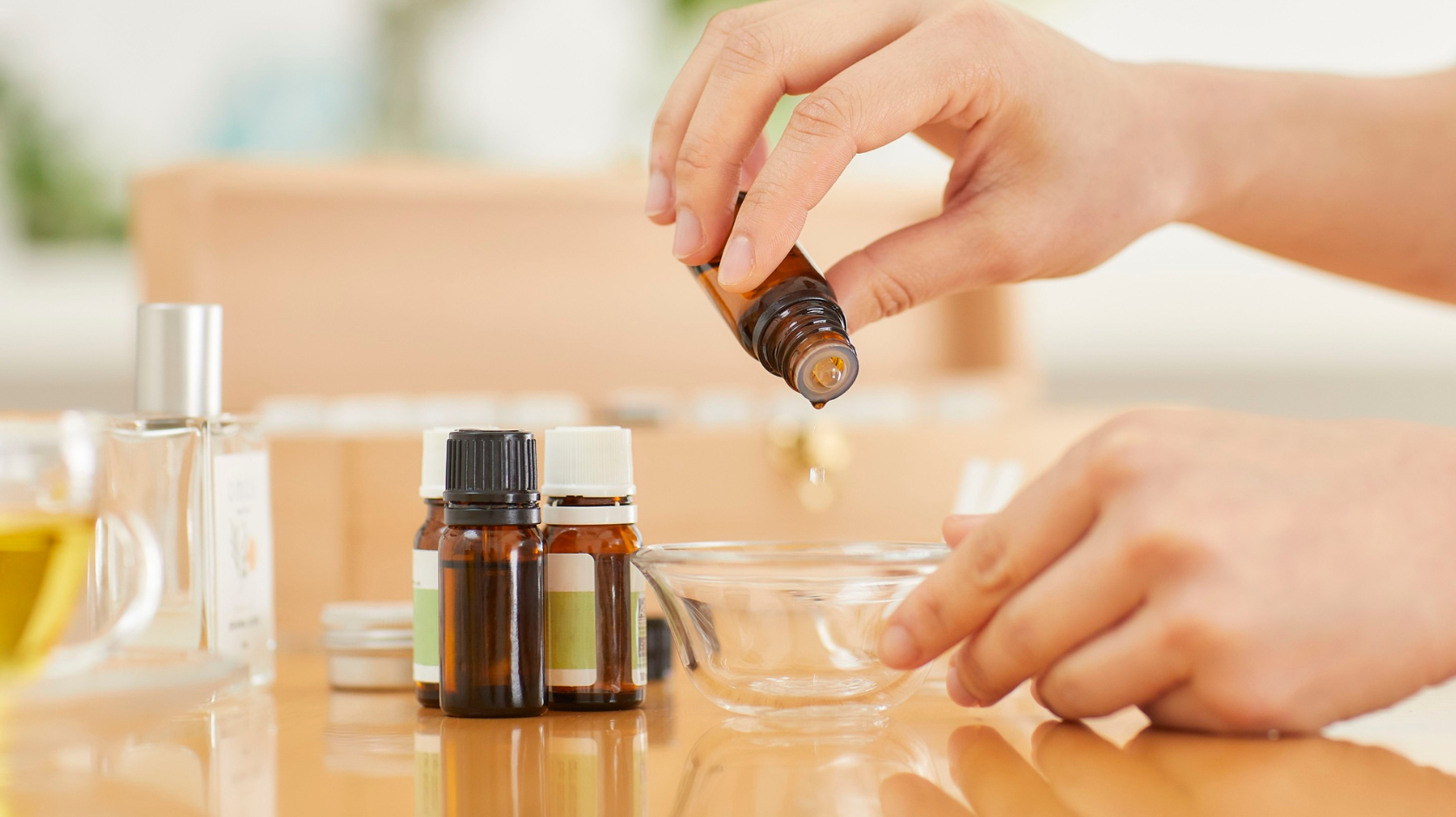Sun allergy, also called lucite, is a skin reaction that occurs after sun exposure. It manifests itself in the appearance of itching, redness and rashes, particularly affecting sensitive skin. Understanding its causes and adopting the right measures will allow you to enjoy the sun and holidays without inconvenience. Find out everything you need to know to recognize, prevent and soothe this form of solar allergy.
What to remember:
- Sun allergy or lucite, is a skin reaction caused by exposure to UV rays;
- Common symptoms include itching, redness and rashes;
- Prevention requires effective sun protection and exposure limitation;
- Consulting a dermatologist is recommended for severe or persistent symptoms.
Sun allergy: understand to better react
What exactly is sun allergy?
Sun allergy refers to an abnormal skin reaction to the sun, more specifically to UV rays, especially UVA and UVB. This phenomenon, often called lucite, occurs mainly in sensitive people and is manifested by skin inflammation after sun exposure. The term lucite includes several types, including benign summer lucite, the most widespread.
Benign summer lucite: the most common form of solar allergy
Summer lucite is a form of sun allergy that appears in early spring or summer, often following extended exposure to the sun after a period of solar inactivity. Typical symptoms appear on uncovered areas: décolleté, arms, back and shoulders. Reactions include red patches, papules and sometimes blisters accompanied by itching.
Skin reactions to the sun: how to identify them?
Skin reactions due to solar allergy include:
Intense and localized redness, often on the back and décolleté;
Itching that causes a feeling of discomfort;
The appearance of reliefs on the skin, plaques, sometimes in the form of eruptions of pimples visible to the naked eye;
Blisters may form in some cases, signaling a severe skin reaction.
Why are you allergic to the sun?
UV rays, especially UVA rays, penetrate the skin deeply and can cause an excessive immune reaction in sensitive people. This photosensitivity triggers skin inflammation. These rays are invisible but their spectrum of action is wide, which can affect the skin even in cloudy weather.
Medicines and cosmetics: beware of triggers
Some medications, such as antibiotics or anti-inflammatory drugs, can increase sensitivity to UV rays. Similarly, some cosmetics contain photosensitizing substances. It is therefore essential to check the ingredients and adopt protective measures when you take these treatments.
Risk factors: who is most concerned?
Women and light-skinned people, with a heart rate sometimes altered by exercise or heat, are more likely to be affected. The back, décolleté, arms and shoulders are the most exposed areas. Children and people with a history of polymorphic lucite may also be affected.
Recognize the symptoms of a sun allergy
Itching and eruptions: the first warning signs
The first sensation is often that of intense itching, accompanied by redness on the exposed regions. These itchings can occur a few hours after exposure and intensify quickly, affecting daily comfort.
Plaques, papules, blisters: when the skin reacts strongly
These symptoms mark more severe inflammation and often require specific treatment. The appearance of pimples or plaques is a sign that you need to react quickly.
Less known symptoms: headache and joint pain
In some cases, sun allergy is accompanied by less visible but equally unpleasant symptoms, such as headaches or joint pain, indicating a broader systemic reaction. These signs require special attention and medical consultation.
Effectively prevent sun allergy
Broad spectrum sunscreens: your first line of defense
Effective sun protection is essential to limit the impact of UVA and UVB rays. Opt for mineral based, broad-spectrum creams, adapted to sensitive skin types, and apply them generously to all uncovered areas. The frequency of renewal is crucial, especially after swimming or sweating.
Anti-UV clothing and accessories: protect yourself in style
Wearing covering clothing, such as lightweight long sleeves & wide-brimmed hats, effectively protects the skin. Fabrics with integrated UV protection are an excellent choice, limiting exposure while maintaining comfort during hot days.
Enjoy the sunshine strategically
Limiting exposure between 11 a.m. and 4 p.m., looking for shade, and planning your activities at less aggressive times for the skin are all essential measures. Respecting these rules will help you avoid reactions and enjoy the sun safely.
Effective solutions to soothe sun allergy
After-sun lotion with essential oils
To calm your irritated skin, there's nothing like a natural after-sun lotion. You can learn how to make an after-sun lotion with a simple recipe, which combines soothing Essential Oils to relieve redness and itching after prolonged exposure. This lotion provides hydration and helps restore the skin's protective film.
Aromatherapy to relieve
To soothe the itchiness associated with sun allergy, we recommend first spritzing the area with a soothing hydrosol. Lavender hydrosol & helichrysum hydrosol are two of the best calming options.
After your skin has cooled down, apply a blend of lavender, helichrysum or roman chamomile essential oil with calendula infused virgin plant oil. A 1-2% dilution is a good place to start (9-18% drops per ounce of calendula).
Nourish your tan with Carrot Virgin Plant Oil
Carrot Infused Virgin Plant Oil is a valuable ally to protect the skin and prolong the radiance of the tan. Rich in beta-carotene, it stimulates a natural glow while nourishing the skin after the sun.
When to consult a dermatologist?
If you experience severe or persistent symptoms, do not hesitate to ask for help.
If your symptoms, such as plaques or blisters, persist despite care, make an appointment with a dermatologist. It is essential to obtain an accurate diagnosis to avoid complications.
Accurate diagnosis and adapted treatments: the importance of a specialist.
A specialist may prescribe more targeted treatments, especially in the case of polymorphic lucite, and recommend dietary supplements or specific creams to strengthen the protection of your skin.
FAQ: All you need to know about sun allergy
What is the difference between sun allergy and sunburn?
Sunburn is a burn due to excessive exposure to UV, with redness and immediate pain. Sun allergy causes a late immune reaction, with itching, pimples, papules, and sometimes blisters.
Can we permanently cure an allergy to the sun?
Some cases evolve favorably with good prevention methods. Others require medical follow-up, especially for polymorphic lucite.
Is sun allergy hereditary?
There is no direct genetic transmission, but a family predisposition may exist.
How to choose the best sunscreen for affected skin?
Choose a broad spectrum, mineral-based UVA/UVB cream, hypoallergenic, with a high SPF. Double check that it is fragrance & allergen-free.
What are the best dietary supplements for solar allergy?
Supplements rich in antioxidants, such as beta-carotene, can help strengthen the skin. Ask your doctor for advice.
Enjoying the sun while preserving the health of your skin is quite possible with the right precautions. By understanding the mechanisms of sun allergy (which can sometimes manifest itself in the form of photo dermatosis) and by adopting appropriate protective measures, you significantly reduce the risk of unpleasant symptoms such as itching, redness or rashes. Remember that prevention is based above all on broad-spectrum sun protection, the wearing of proper clothing, and strategic sun exposure.
Certain conditions such as a weakened immune system can increase your skin's sensitivity to UV rays, making vigilance all the more necessary. In case of severe or persistent reactions, it is essential to consult a dermatologist who will be able to make a precise diagnosis and propose an appropriate treatment.
In addition, natural solutions such as after-sun lotions with Essential Oils or the use of Carrot Virgin Plant Oil help to soothe irritation after exposure.
Thanks to a good routine, it is possible to enjoy summer sunshine and skin health - naturally!

